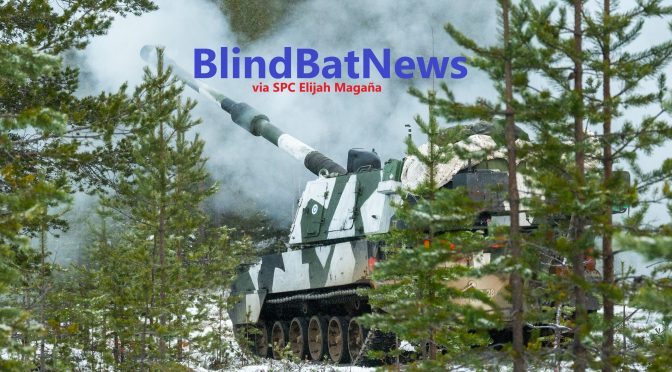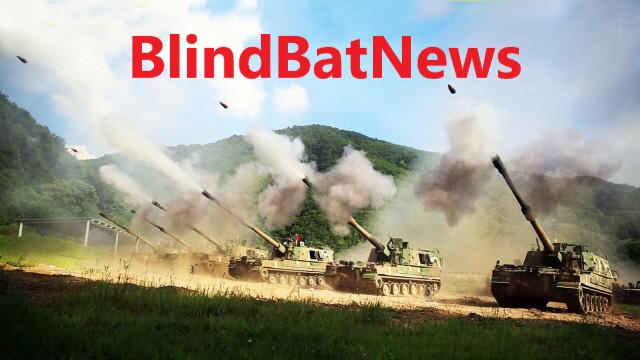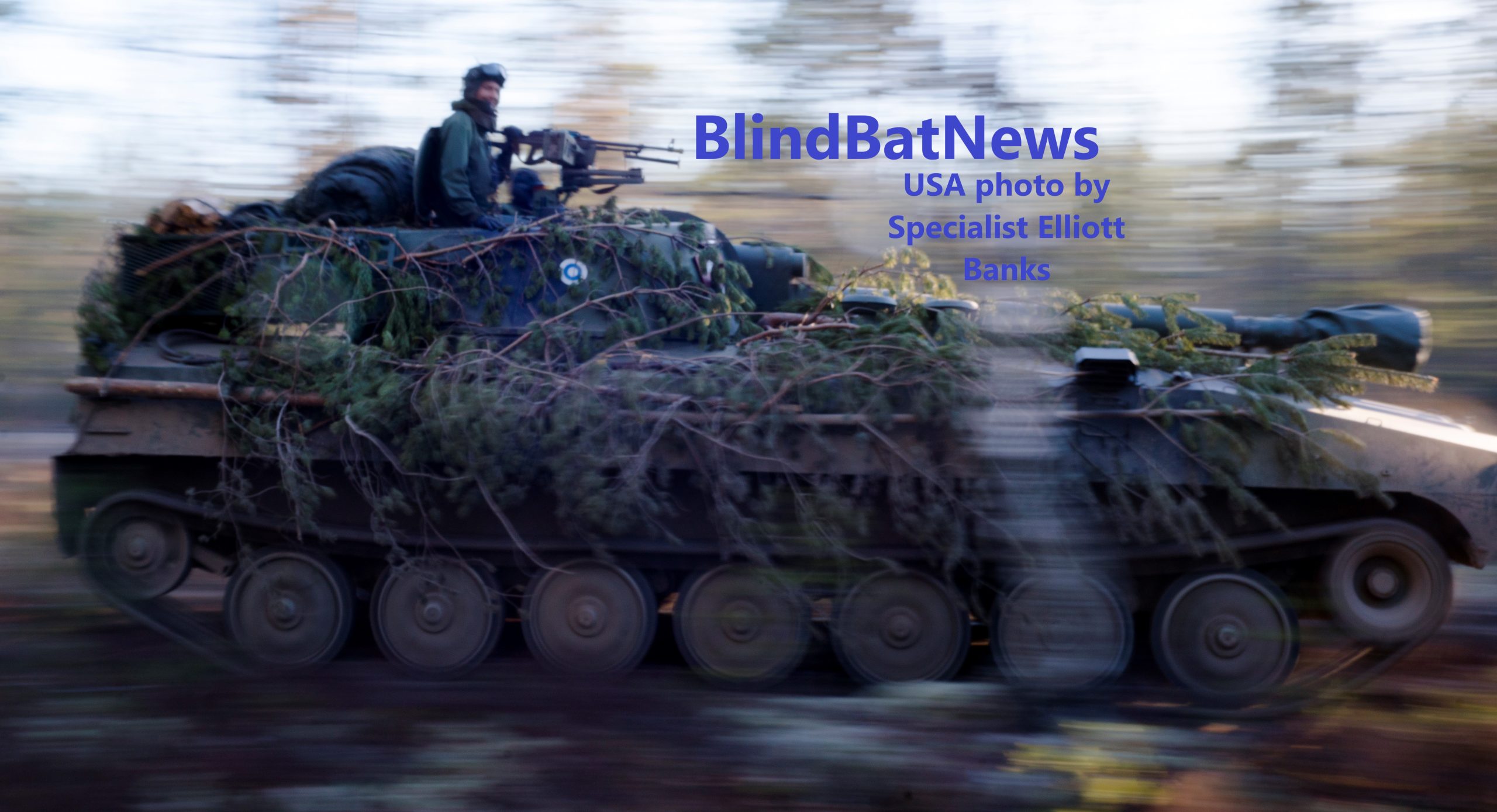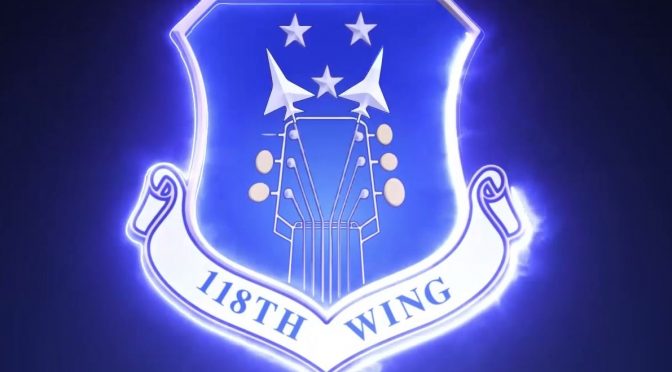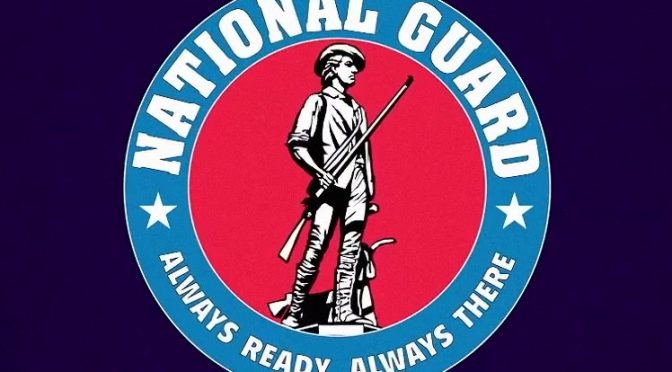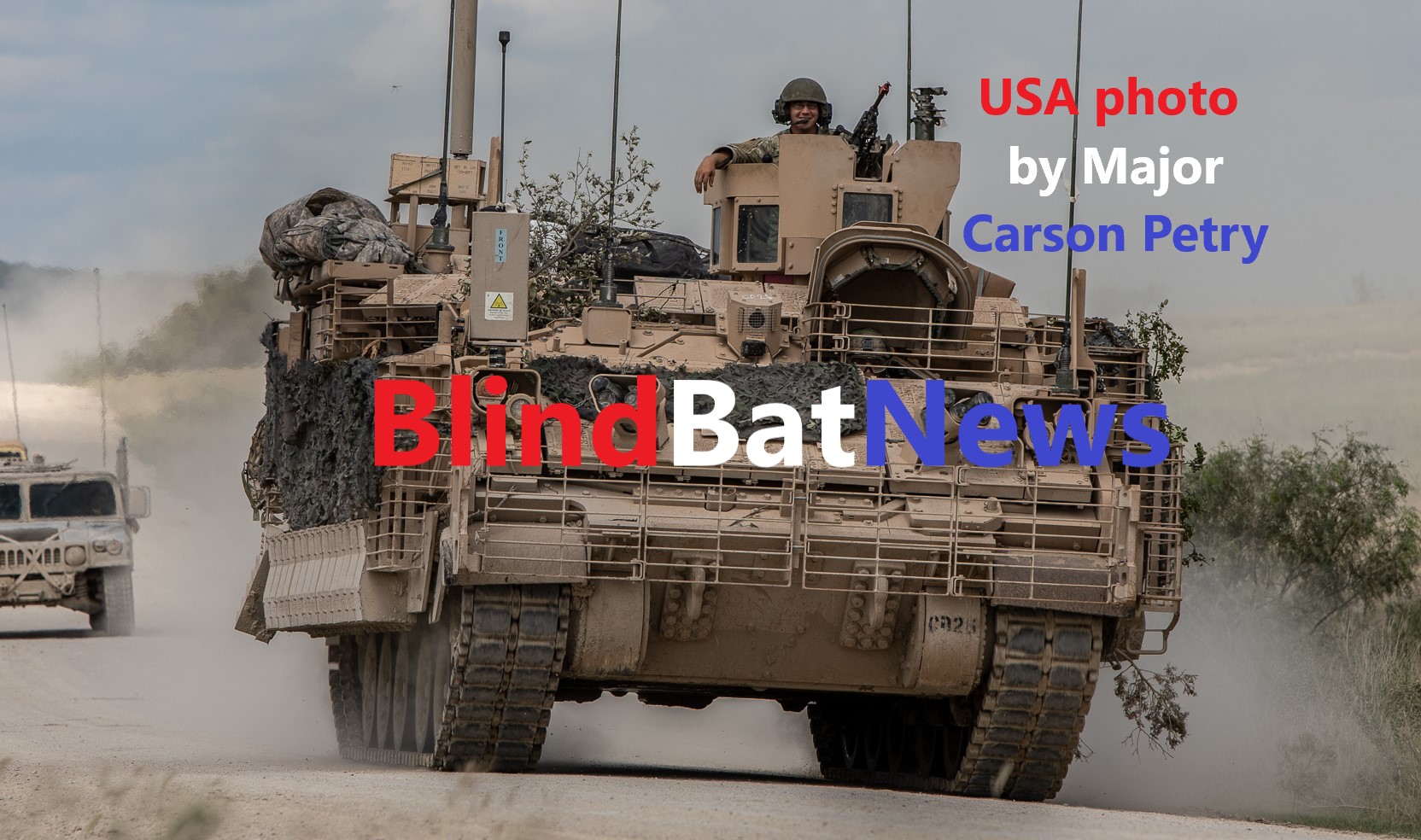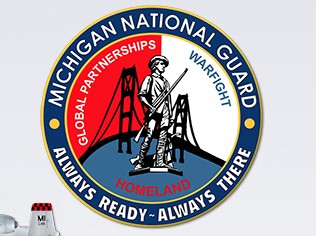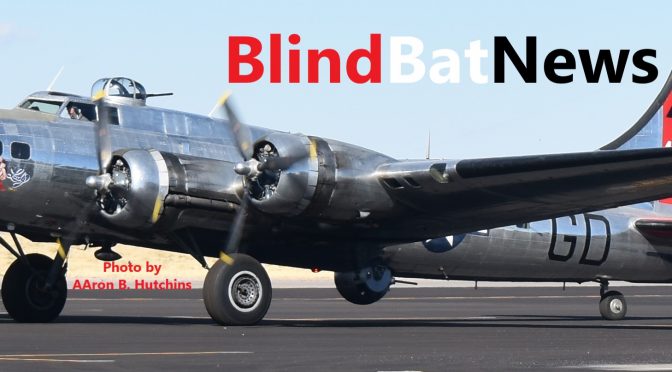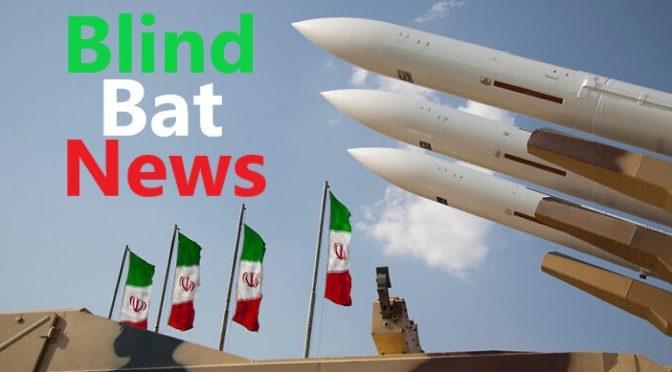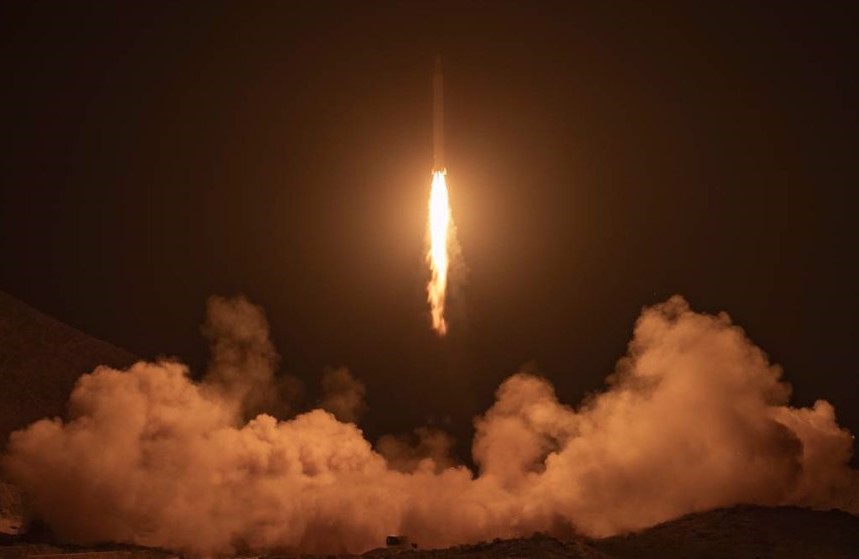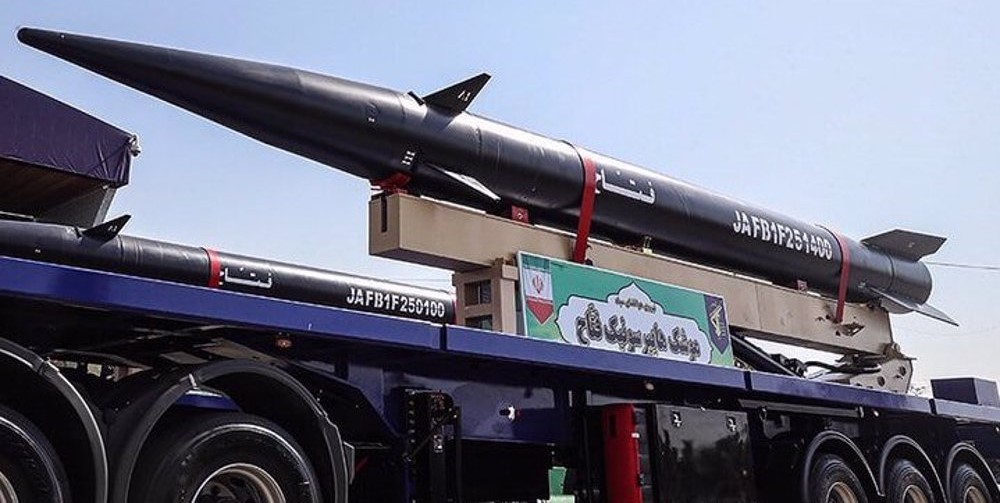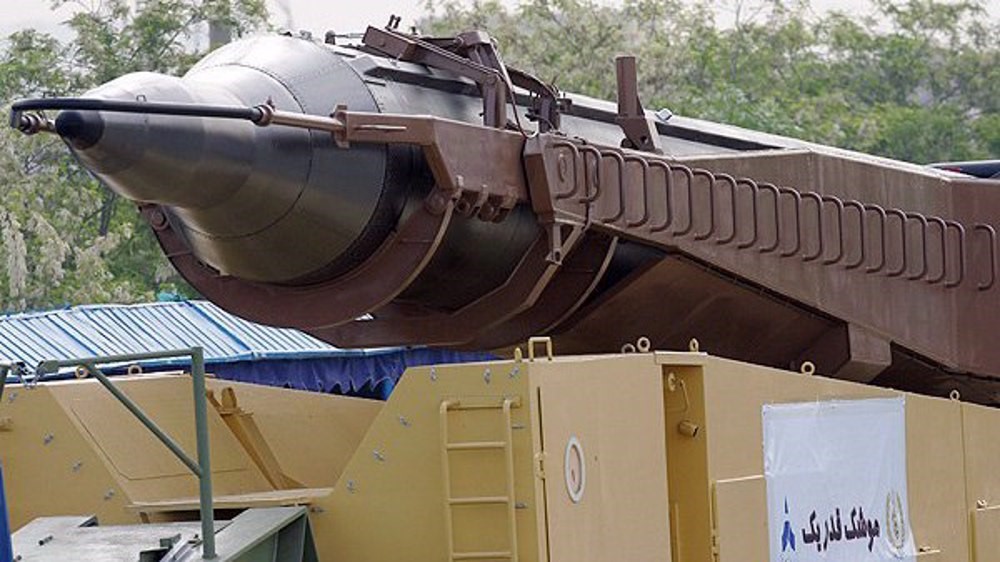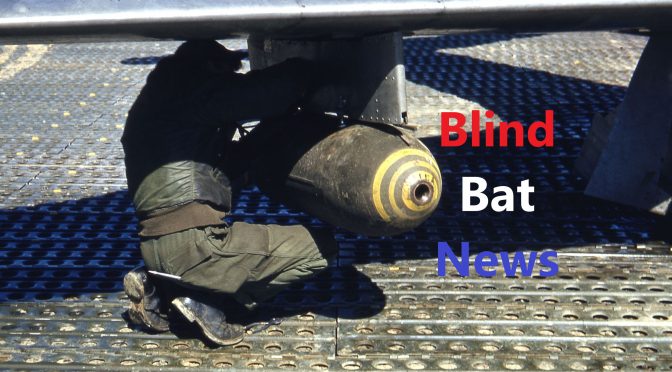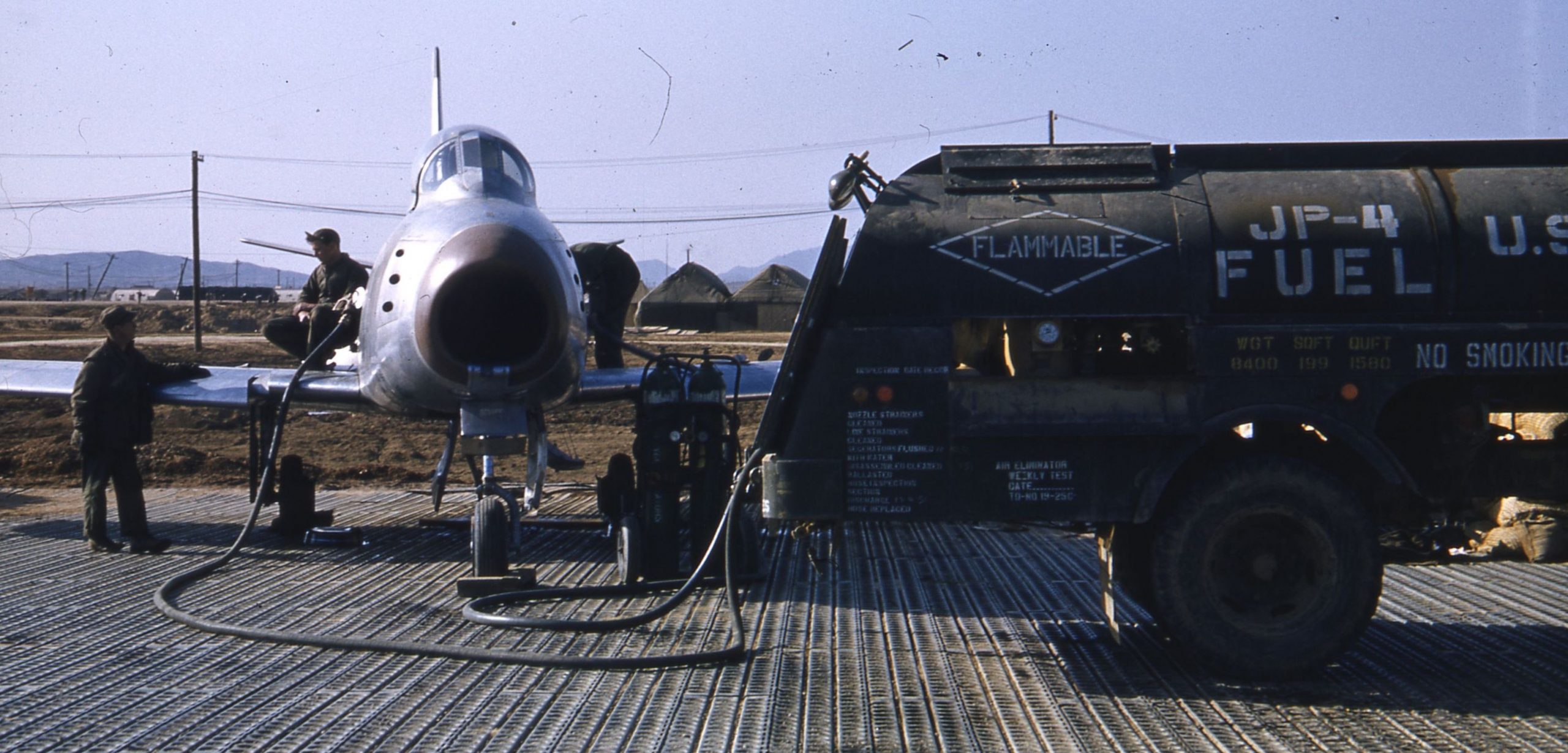The people of the Korean Peninsula have been subjected to war for thousands of years, mainly due to the meddling of ancient Chinese dynasties (similar to the people of Viet-Nam). Today’s modern Korean war-drums can be traced back to the 20th Century (of the Gregorian calendar system), starting with Japan.

Japan’s expansion as of 1939.
Japan’s first involvement in Korea was the result of the First Sino (China)-Japan War of 1894–95. That resulted in the first, short-lived, independent Korea of the 20th Century. However, because of the Russo (Russian)-Japan War of 1904-05, Japan decided that they needed to maintain military forces on the Korean Peninsula (both China and Russia border Korea). Japan directly controlled Korea from 1910-45.

Photo dated 1946. Kuniaki Koiso, at one time the Governor-General of Korea, convicted of war crimes and sentenced to life in prison.
There were rumors that the Japanese used a false-flag operation to eliminate the Korean emperor, by poisoning. In 1919, Koreans rebelled against the Japanese (March First Popular Uprising). It is estimated that Japan genocided seven thousand Koreans as a result of the 1919 rebellion. Japan had a brutal system known as Bushido, it was not the original moral code of centuries earlier, but a perversion that viewed non-Japanese as less than human, and even as play things to do whatever the military wanted to do with them (study Rape of Nanking, and atrocities committed on prisoners of war during World War Two). It was the 20th century version of Bushido that resulted in the atomic bombings of Japan, in 1945.

U.S. Army Air Force (USAAF) recon photo of Fusan Harbor (now Port of Busan), Korea, early 1945. The port was significant for the supply of resources to Japanese factories.
Koreans continued to resist Japanese occupation, mainly through peaceful protests, but some Koreans got help from China (primarily from communists) and conducted armed resistance. China supported what was called the Provisional Government of Korea, which was also recognized by other countries as Korea’s true government in exile, from 1919-48. The Provisional Government created the Korean Liberation Army, which fought in China alongside the military of the Republic of China (Nationalist China) until 1945.

USAAF fire bombing of Japan’s Fukuoka city, using Boeing B-29 Super-Fortress bombers, June 1945. Fukuoka’s primary source of resources was Korea.
Another form of genocide, by Japan, was the banning of the Korean language. At the beginning of Japan’s occupation, the overwhelming majority of Koreans could not read or write. Japan helped establish an education system which at first taught Korean, but relatively quickly banned the teaching of Korean. Even in public life Koreans had to use Japanese names, and the news media had to publish in Japanese. By 1945 only 22% of Koreans were literate.

A USAAF B-25 Mitchell bombs a Japanese tanker off the southeastern coast of Korea, early August 1945.
Koreans were able to flee, mainly to Chinese territory where apparently tens of thousands joined the Communist People’s Liberation Army. In February 1945, the United States (U.S.), United Kingdom (UK), and the Union of Soviet Socialist Republics (USSR) conducted the infamous Yalta Conference in which the world was officially divided between the ‘Allies’. The USSR agreed to declare war on Japan.
Then in July 1945, during the lesser known Potsdam Conference (aka Potsdam Declaration, aka Potsdam Decree), it was agreed that the USSR would occupy the northern half of Korea, and the U.S. would occupy the southern half. It must be pointed out that at all these meetings of ‘The Big Three’ (four if you include the Republic of China, which was overthrown by the communists after World War Two) the concerns of the Korean people were never taken in to account, even questions from the internationally recognized Provisional Government of Korea (in exile) were ignored by both the U.S. and the USSR!

From a U.S. Army Information Service pamphlet published on 20AUG1945.
On the 06th & 09th of August 1945, a desperate United States (U.S.) dropped two atomic bombs on what seemed to be a Japan hell-bent on human sacrifice (the amount of people killed by the atom bombs were far less than what Imperial Japan had killed across Asia and the Pacific). Also, on 08AUG1945 the USSR declared war on Japan, and with amazing speed on 14AUG1945 occupied the northern half of the Korean Peninsula. It was actually the combination of the atomic bombs and the Soviet occupation of Korea (the USSR was threatening to occupy Japan) that forced Japanese leaders to surrender on 15AUG1945. The Koreans formed their own government called the People’s Republic of Korea.

U.S. Marine Corps photo by Second Lieutenant A. W. Rohde Junior, 15AUG1945.
On 08SEP1945, U.S. forces began arriving on South Korea. There was no resistance by the Japanese. I edited this silent U.S. Army film (by Kurt F. Enfield) showing the U.S. Army 24th Corps’ 7th Infantry Division landing on Incheon (aka Jinsen) via LCVPs (Landing Craft Vehicle Personnel), notice that the Japanese personnel greeting them look as if they are going on vacation. In fact the info that came with the films states that some of them, along with Koreans, are filling out forms to be hired as interpreters. In the last scene, newly freed Commonwealth (British empire) prisoners of war (PoW) converse with their Yankee liberators:
I edited this silent film, by Lieutenant A. G. Krienke, showing the reception given to the crew of a U.S. PBY-5 Catalina flying boat, which landed on Suizan Aerodrome, Incheon (Jinsen), 08SEP1945. PBY crews and Japanese personnel sign ‘short snorters’, which is paper money (from various countries) taped together and signed when you arrive at each of your destinations. The film also shows Japan’s Colonel H. Morimoto and his assistants. Japanese ground crew attend the PBY-5:
‘Fact checkers’ claim no Chevy vehicles were used by the Japanese during World War Two, however, at one point in this silent film (by Lieutenant A. G. Krienke) a close-up of the grill of a vehicle used by the Japanese controlled Incheon (Jinsen) City Police clearly has the name-plate of a ‘pre-war’ Chevy. ‘Pre-war’ technically means before the U.S. joined in the war in 1941, the Japanese had started their Second World War in 1931, when they invaded Manchuria (now part of China)! The film shows U.S. troops marching through Incheon/Jinsen with local Koreans looking confused about what is going on. The film ends with local Japanese officers being ‘read-the-riot-act’ by U.S. Brigadier General Crump Garvin:
On 09SEP1945, along with other Japanese military officials the Japanese Governor-General, Nobiuki Abe, surrendered to U.S. Lieutenant-General John R. Hodge, in the city of Keijo (now called Seoul). I edited a series of silent U.S. Army films (by Sergeant J. Du Bois), first a Japanese officer on horseback leads U.S. occupation Soldiers of the 24th Corps into Keijo, then the official surrender signing:
But this did not end the problem of forever wars in Korea. It was the U.S. who suggested to split Korea into North and South zones of occupation, supposedly to make it easier to handle the processing of all those new Japanese PoW. By September 1945 the Peninsula was split at the 38th Latitudinal North Parallel (38th Parallel).

38th Parallel.
I edited a series of silent U.S. Army films (by Sergeant J. Du Bois), showing the release of Commonwealth (British empire) soldiers held as PoW by the Japanese. The official date is 09SEP1945, in the city of Keijo (Seoul):
The U.S. also refused to recognize the long established, and internationally recognized Provisional Government of Korea, because it was believed that during its exile in China it had become allied with the Communist People’s Liberation Army. The U.S., the UK (British empire/Commonwealth of Nations), the USSR, and the Republic of China (aka Nationalist China, there was not yet the communist People’s Republic of China) claimed they would work together to form a united, independent Korea, according to the December 1943 Cairo Declaration (again, a meeting that did not include Koreans). It must be pointed out that the Cairo Declaration does not give a timeline for Korean independence, vaguely stating “in due course.”
I edited a series of silent U.S. Army films (by Sergeant J. Du Bois), showing Koreans welcoming (and most likely expecting independence, soon) the U.S. Army’s 24th Corps occupation troops, 09SEP1945, in the city of Keijo/Seoul:
More global political shenanigans would take place, specifically the creation of the United Nations (UN) in October 1945, and from the outset the ‘western’ members were opposed to the Soviets having any influence in a unified Korea, or anywhere else in the world.

As for General Hodge, he would be instrumental in setting the stage for the violent division of northern and southern Korea, that exists today. Less than a week before arriving in Keijo/Seoul he is quoted as saying that Korea “was an enemy of the United States.”

Once the residence of the Japanese Governor-General, in Seoul, by 1946 it was occupied by U.S. Lieutenant General John R. Hodge.
Amazingly, Hodge planned to keep the entire Japanese Governor-General administration intact, but due to outcry from Washington DC he reluctantly disbanded it (although he hired many officials as personal advisors)! Hodge would outlaw Korea’s People’s Republic government (formed in August before the arrival of the U.S.), and initially ignored the Provisional Government of Korea (long in exile since 1919). In October 1945, Hodge created a pro-western/capitalist government called the Korean Advisory Council. In November 1945, the U.S. Army Military Government in Korea (USAMGiK) re-opened schools, however, for some odd reason they continued the system established by the Japanese.
In December 1945, the U.S. and USSR agreed that Korea would become independent after four years, following national elections in 1948. This proved to be a never ending pipe-bomb-of-a-dream.
2024: Russia blocks U.S. sponsored sanctions against North Korea!
 Never Ending Korean War; Germany joins In!!!
Never Ending Korean War; Germany joins In!!!
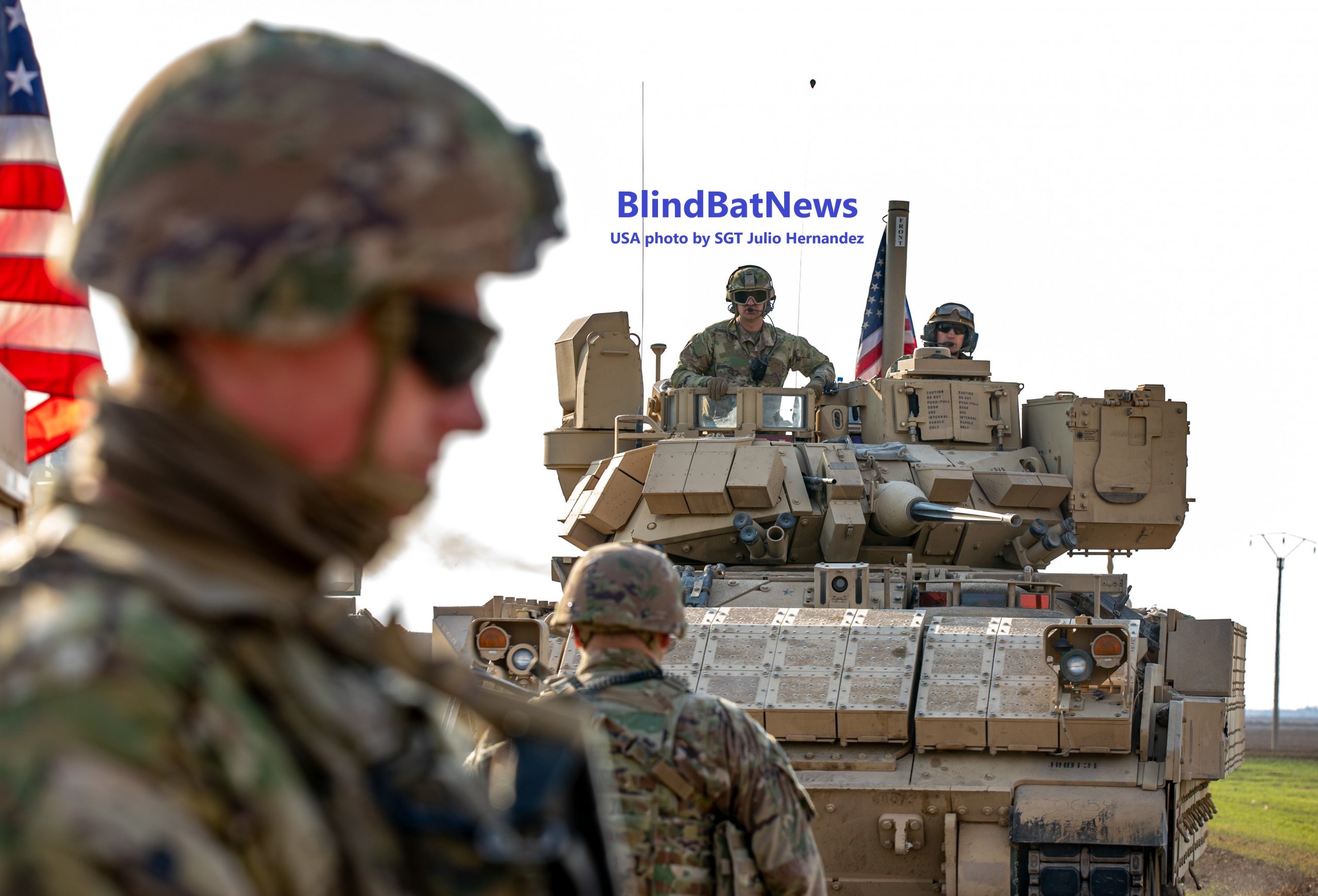 Idaho invades Syria!
Idaho invades Syria!


